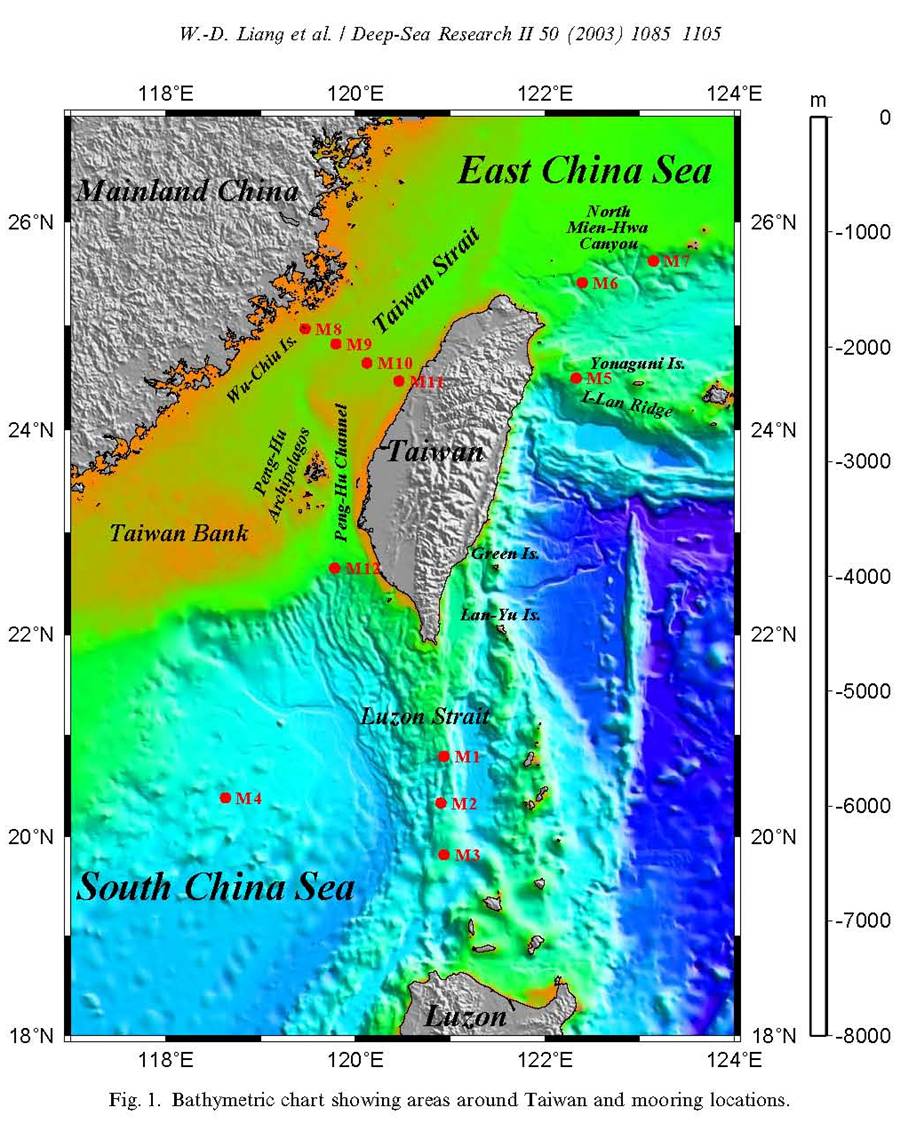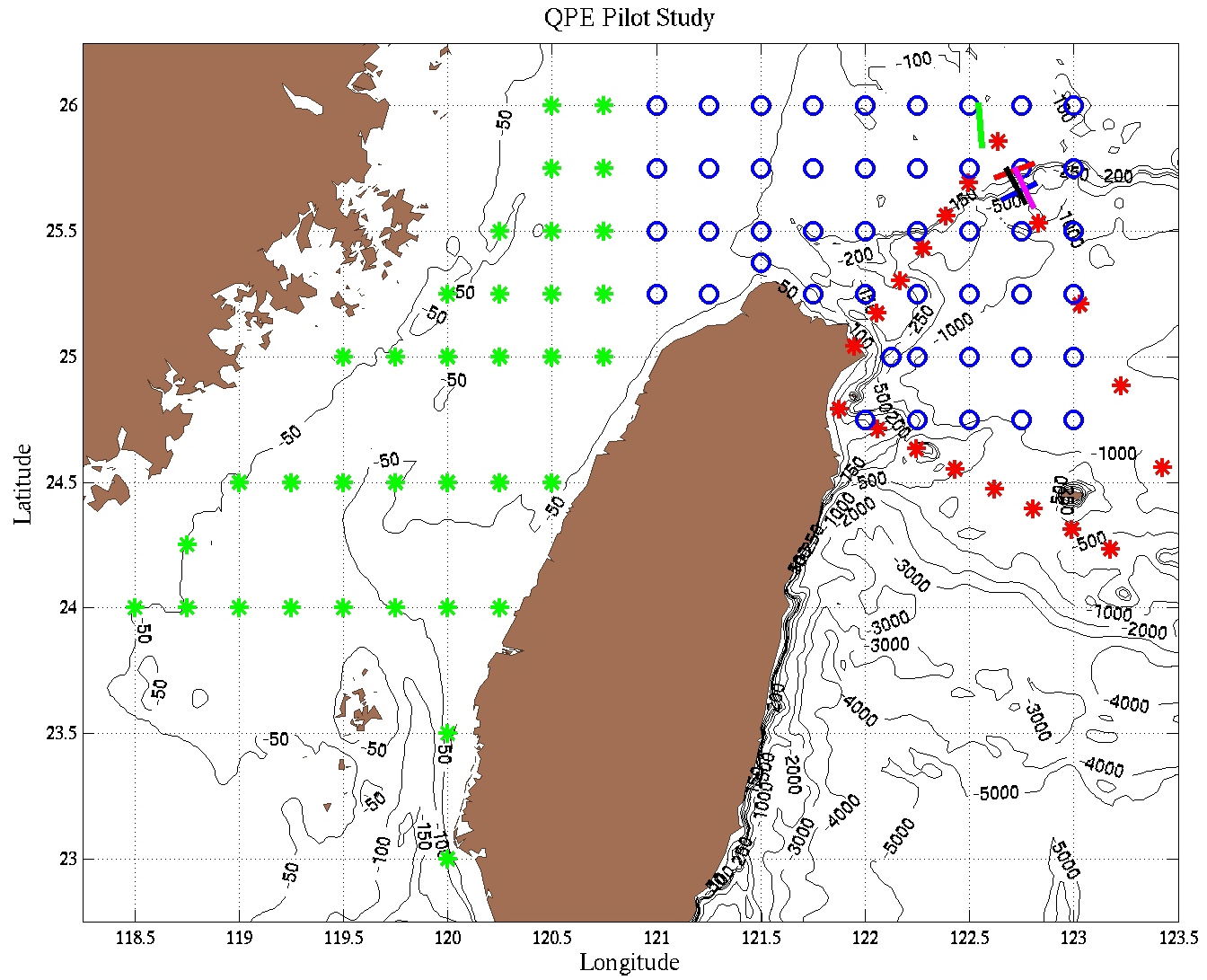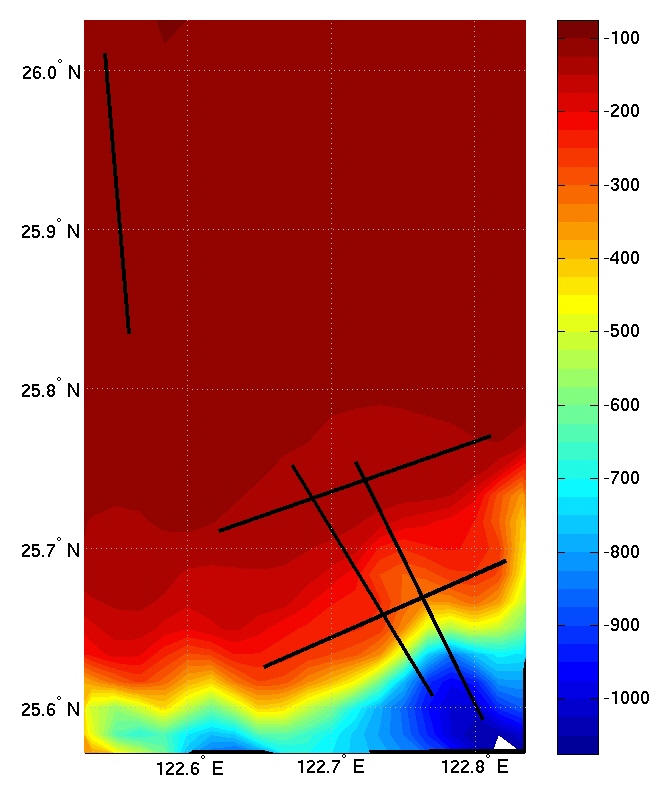|
P.F.J. Lermusiaux, P.J. Haley, Jr., W.G. Leslie, O. Logutov, J. Xu, E.V. Heubel Massachusetts Institute of Technology
This research sponsored by |
Real-Time Analyses and Forecasts Background information Preparation and Plans Additional 2008 Pilot Study Links Accessibility |


Collaborators: G. Gawarkiewicz, P. Abbot, C.-S. Chiu, K. Heaney,
|










